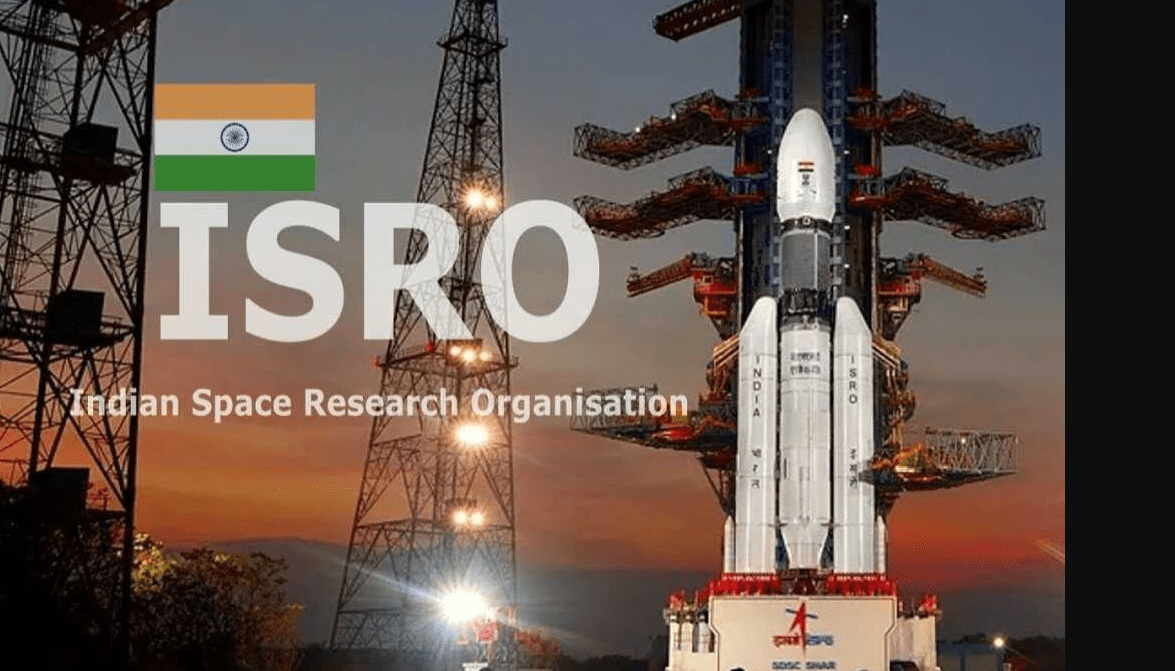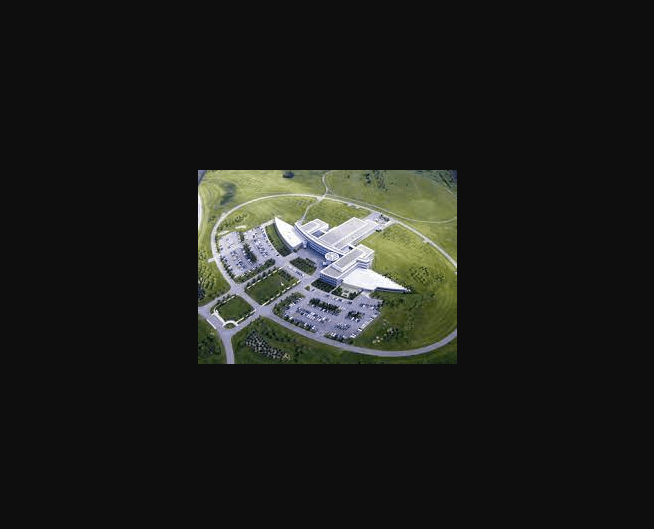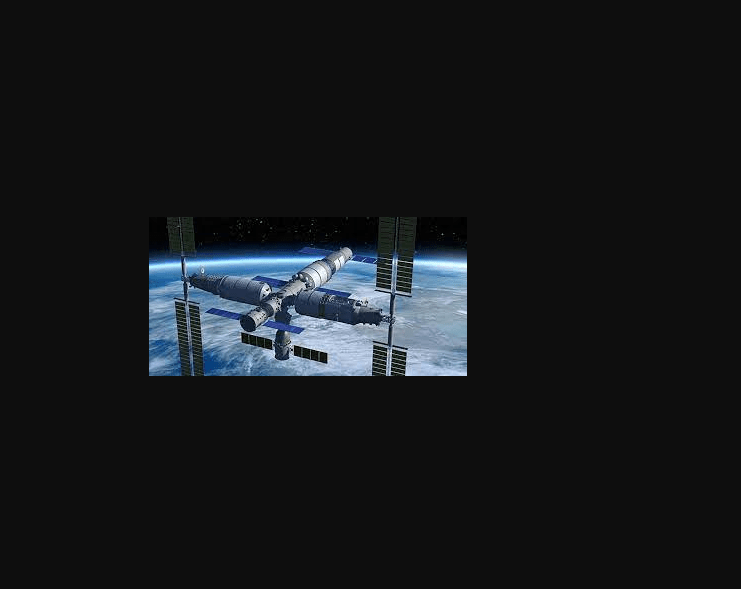
Top 10 Space Research Organizations in the World;-While astronomers use ground-based telescopes to do the majority of space-related research, both manned and unmanned robotic spacecraft are used for actual space exploration.
Space exploration is primarily intended to advance scientific research, bring together many nations, and ensure the long-term survival of humanity.
A “Space Race” between the US and the USSR propelled the early space exploration era (the 1950s). Today, a large number of countries operate their own space agencies that follow a set of guidelines.
In example, there are numerous private enterprises conducting space research as well as more than 70 government space organizations. In terms of accomplishment, capacity, and annual budget, a select number of them are well ahead of the others.
We have produced a list of the world’s top space organizations (both public and private), taking these important considerations into account.
1.Canadian Space Agency

The Canadian Space Agency has made a significant contribution to international space efforts, particularly when collaborating with NASA and ESA. The International Space Station (ISS) has received a $1.3 billion Mobile Servicing System from it, which includes Dextre, Canadarm2, and numerous robotic workstations.
The agency lacks the ability to send rockets above the upper atmosphere. To put its satellite into orbit, it largely depends on other countries like India, the United States, and Russia. However, as they prepare to build a launcher produced in Canada, this will soon change.Top 10 Space Research Organizations in the World
2.National Centre for Space Studies (France)
The French Space Agency primarily concentrates on five areas: security and military, science and technology research, sustainable development, access to space, and civil applications of space.
The organization is currently developing a reusable methane-powered launch vehicle in collaboration with Germany and other governments. The goal is to significantly cut the cost and time associated in refurbishing reusable rockets.
Additionally, they are developing a technique known as formation flying, which entails maintaining numerous satellites and their weighty components in a precisely controlled arrangement, often just a few hundred feet apart in orbit.
They sent the Megha-Tropiques satellite into orbit in cooperation with the Indian Space Agency (ISRO), which is now studying the water cycle in light of climate change.Top 10 Space Research Organizations in the World
3.Italian Space Agency (ASI)
The Italian Space Agency was founded in 1988, but it heavily drew from former national organizations and the expertise of numerous seasoned Italian experts. They launched BeppoSAX, their first significant satellite mission, in 1996 to study the universe in X-rays.
Later, the agency collaborated on several major international space exploration projects, such as Cassini-Huygens, Mars Express, Mars Reconnaissance Orbiter, Venus Express, Juno, and XMM-Newton.
The Italian space industry has also involved in human spaceflight activities. Its Shuttle Multi-purpose Logistics Module cargo containers provide an important function in storing and transferring instruments to the ISS.
At present, the agency is a partner in the ESA’s heavy-lift launch vehicle — Arian 5 — programme that can put a payload of over 11,000 kilograms to geostationary transfer orbitTop 10 Space Research Organizations in the World.
4.German Aerospace Center (DLR)

The German Aerospace Center focuses on digitalization, space, aviation, transportation, energy, and security. It also prepares and executes the space program on behalf of the German federal government in addition to carrying out its own missions.
The organization is working on solar thermal power generating technologies, ultra-efficient, low carbon dioxide power generation, and renewable energy sources. They are preserving mobility, conserving resources, safeguarding the environment, and improving transportation safety in the sector of transportation.
Their significant initiatives include the Shuttle Radar Topography Mission, Mars Express, and the Galileo global navigation satellite system. They will be researching things like propulsion technologies, satellite development, and space mission ideas in the upcoming years.Top 10 Space Research Organizations in the World
5.Japan Aerospace Exploration Agency (JAXA)
JAXA performs integrated operations from fundamental research and development through execution. It was created as a key performance agency to support the Japanese government’s overall development of aerospace. It participates in a number of cutting-edge projects, such as satellite launch, potential manned Moon exploration, and asteroid exploration.
They have contributed significantly to the creation of satellites for other organizations. They put the Multi-Functional Transport Satellite 1R into orbit in 2005 to observe the weather. To assist in directing air traffic, they launched the second iteration of this satellite a year later. The first Kenyan satellite was recently launched into low Earth orbit.
The Global Precipitation Measurement Core satellite, Aqua Earth Observation Satellite, and the Tropical Rainfall Measuring Mission are ongoing NASA programs.
JAXA’s primary objective has been to test communication technology. The collaboration with Sony to study a laser communication system from the Kibo was announced in 2018 and is expected to begin soon (ISS module).Top 10 Space Research Organizations in the World
6.SpaceX
Nobody would have thought that a commercial enterprise could compete with government space agency ten years ago. But the staff at SpaceX has literally changed peoples’ views with their ambition, commitment, and hard work.
The business has accomplished a number of benchmarks that no other private space agency has done to date:
Falcon 1, the first privately sponsored liquid-fueled rocket, entered orbit in 2008.
Sending a spacecraft to the ISS for the first time privately (Dragon in 2012)
first orbital rocket propeller landing (Falcon 9 in 2015)
The first successful rocket reuse in space (Falcon 9 in 2017)
The most prosperous private American aerospace manufacturer and provider of space transportation services today is SpaceX. Their primary goal is to cut the cost and increase the consistency of access to space by a factor of 10.Top 10 Space Research Organizations in the World
7.Indian Space Research Organisation (ISRO)
The Indian Space Study Organization pursues planetary exploration and space science research while utilizing space technologies for national development. On both the national and international levels, they have conducted a number of significant operations.
The organization manages a number of multipurpose geostationary satellites (INSAT) and remote sensing satellites (IRS), which respectively meet the expanding needs of the country in terms of telecommunication and Earth observation.
Additionally, it creates application-specific satellite tools and goods to support telemedicine, search and rescue operations, navigation, geographic information systems, and weather forecasts.

ISRO is renowned for its affordable and dependable launch apparatus. Using a Polar Satellite Launch Vehicle, India’s first lunar probe was launched in 2008. (PSLV-XL rocket). The project was only expected to cost $54 million.
They made their first effort at sending a spacecraft to Mars’ orbit in 2014, and they were successful. This mission had a $75 million total cost, making it the most economical Mars mission yet.Top 10 Space Research Organizations in the World
Read;
| Top 10 Best Science And Technology Research Labs In Thde Worl |
8.Russian Federal Space Agency (Roscosmos)
Roscosmos serves as a central coordination point for all Russian space programs. It carries out a range of civil activities, such as astronaut projects and Earth monitoring, and organizes military launches with the Russian Federation’s Ministry of Defense.
The re-nationalized Russian space industry and the United Rocket and Space Corporation are combined to create the new Roscosmos State Corporation. However, the nation’s contribution to space technologies goes back much further than these occasions.
The first artificial Earth satellite, Sputnik-1, the first humans in space (Yuri Gagarin and Valentina Tereshkova), the first crewed space mission (Voskhod 1), the first spacecraft to approach the Moon, and many more firsts were accomplished by the former Soviet Space Program between 1955 and 1965. (Luna 1).
Following the end of the Soviet Union Program, Roscosmos was established in an entirely different time period. Now, the organization conducts a number of spacecraft missions on its own and provides launch services to other countries.
Together with the ESA, Roscosmos is now working on the ExoMars project, which aims to look for signs of life on Mars. Additionally, they are working on Luna-Glob, a completely robotic lunar base that will be launched in the early 2020s.Top 10 Space Research Organizations in the World
9.European Space Agency (ESA)
22 nations make up the intergovernmental body known as the European Space Agency. The agency can oversee projects and initiatives that go well beyond the purview of any one European country by integrating the intellectual and financial resources of all members.
One of the largest contributors to the ISS is ESA. Since its foundation, it has taken a leading role in telecommunication, launch vehicle development, unmanned exploration missions to the Moon and other planets, and Earth monitoring.
Ariane, the agency’s own launch system, has undergone numerous phases of development over the past forty years.
Mars Express, Cassini (created in partnership with NASA), which has been orbiting Saturn and its moons since 2004, and other satellites and instruments constructed by ESA have visited other planets in our solar system.
Rosetta, an ESA spacecraft, dispatched a lander to the surface and acquired up-close photos of comet 67P/Churyumov-Gerasimenko. With previously unheard-of accuracy, the space telescope GAIA is currently mapping billions of celestial objects.
Other significant recent projects include the James Webb Space Telescope, LISA Pathfinder, which is exploring gravitational waves, and Venus Express, which is relaying data continually from its polar orbit around Venus (led by NASA).
The organization currently.Top 10 Space Research Organizations in the World
10.China National Space Administration (CNSA)
All national space missions must be planned and carried out by the China National Space Administration, which is also in charge of concluding government contracts for space research.

CNSA is not associated with ISS, in contrast to other space organizations around the world. It even has a tiny space station of its own. Additionally, it conducts routine launches on its own using the Long March family of disposable launch platforms.
They have carried out numerous manned space flights since 2003, and 11 Chinese astronauts have now gone into orbit. The first manned spacecraft docking took place in 2012 when a crew of three astronauts on board Shenzhou 9 joined a Tiangong-1 prototype space station.
Using its first robotic lunar lander and rover, Chang’e 3, CNSA accomplished the first soft landing on the moon in 2014. In addition to this, China successfully ran an anti-satellite test on its own equipment in 2007.Top 10 Space Research Organizations in the World
Frequently Asked Questions
NASA – the National Aeronautics and Space Administration
The National Aeronautics and Space Administration is known as NASA. Without a question, the National Aeronautics and Space Administration, or NASA, of the United States is in first place. Since its founding in October 1958, it has taken part in prominent space programs.
- SpaceX.
- Boeing.
- Virgin Galactic.
- Sierra Nevada Corporation.
- Airbus Defence and Space.
NASA/USSF United States of America The National Aeronautics and Space Administration (NASA) of the United States is without a doubt the most productive and active space agency in the world, with a budget that is almost double that of the next-highest agency.
Be the first to comment